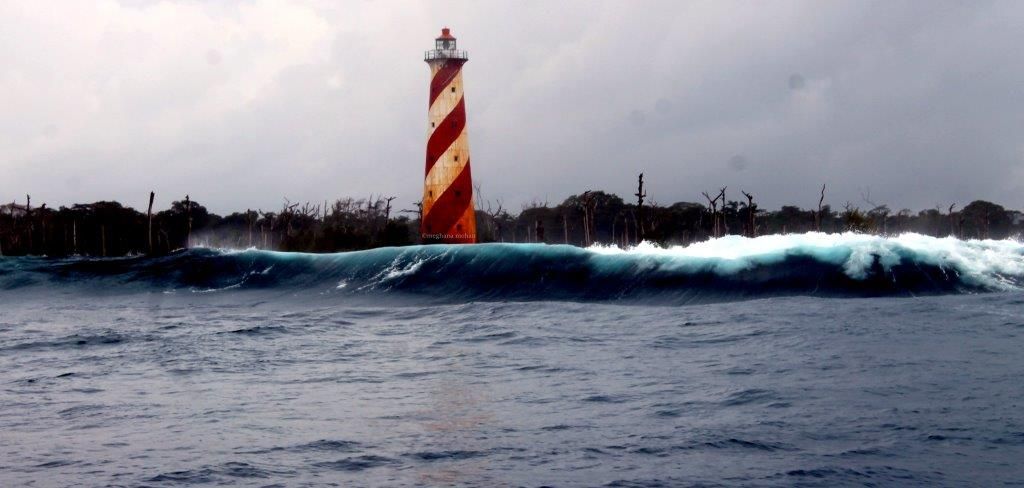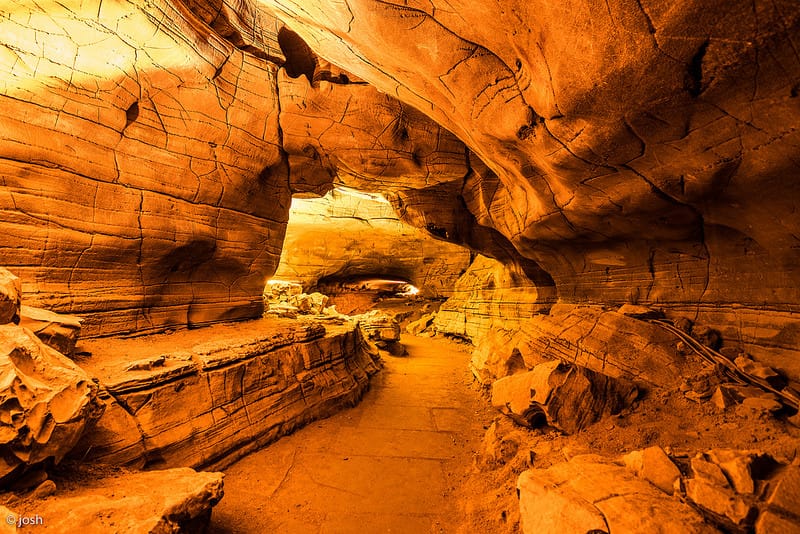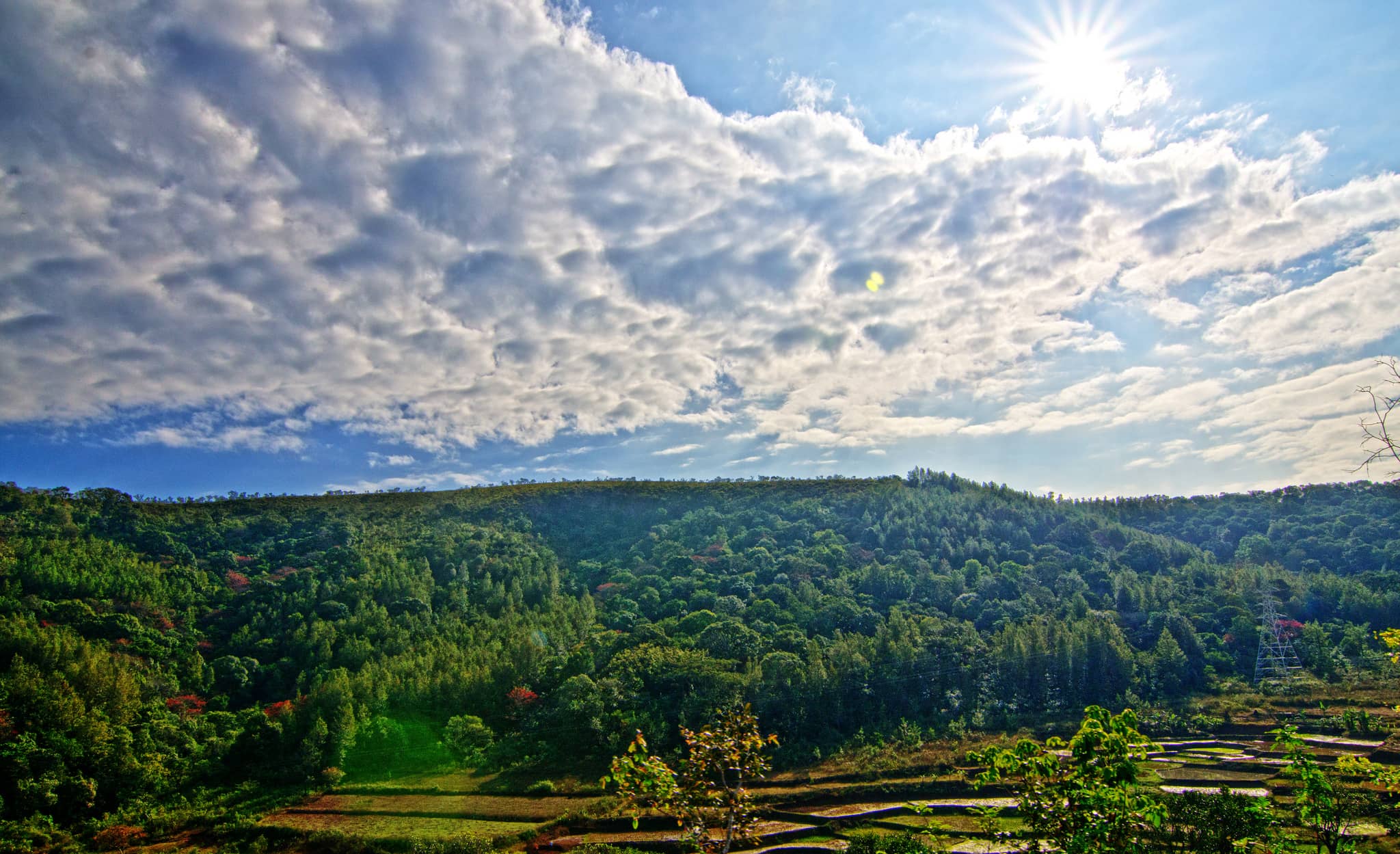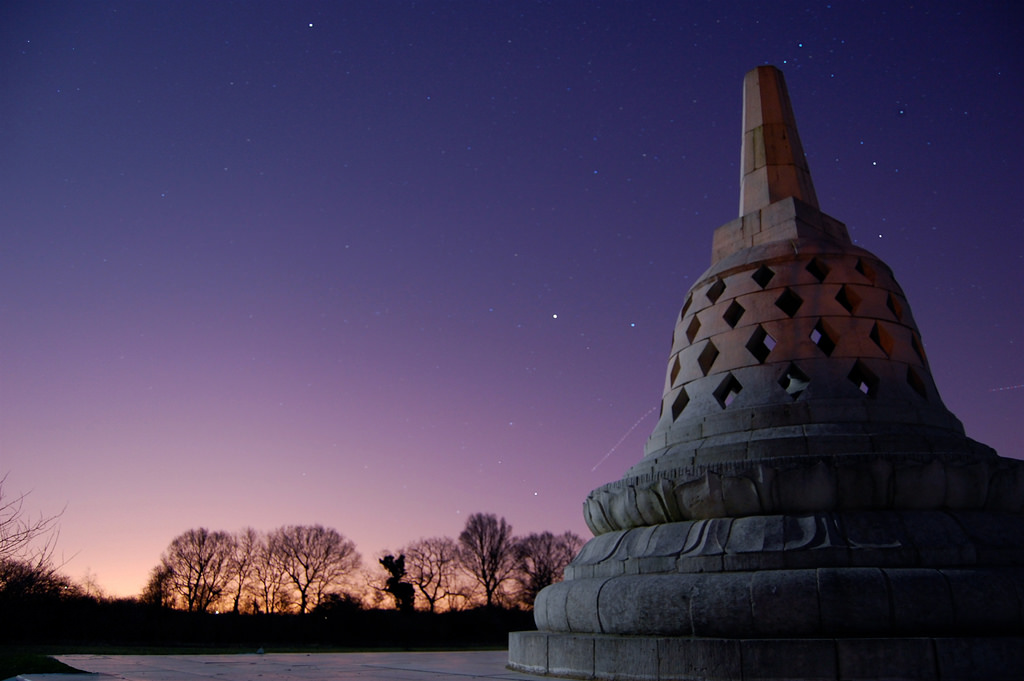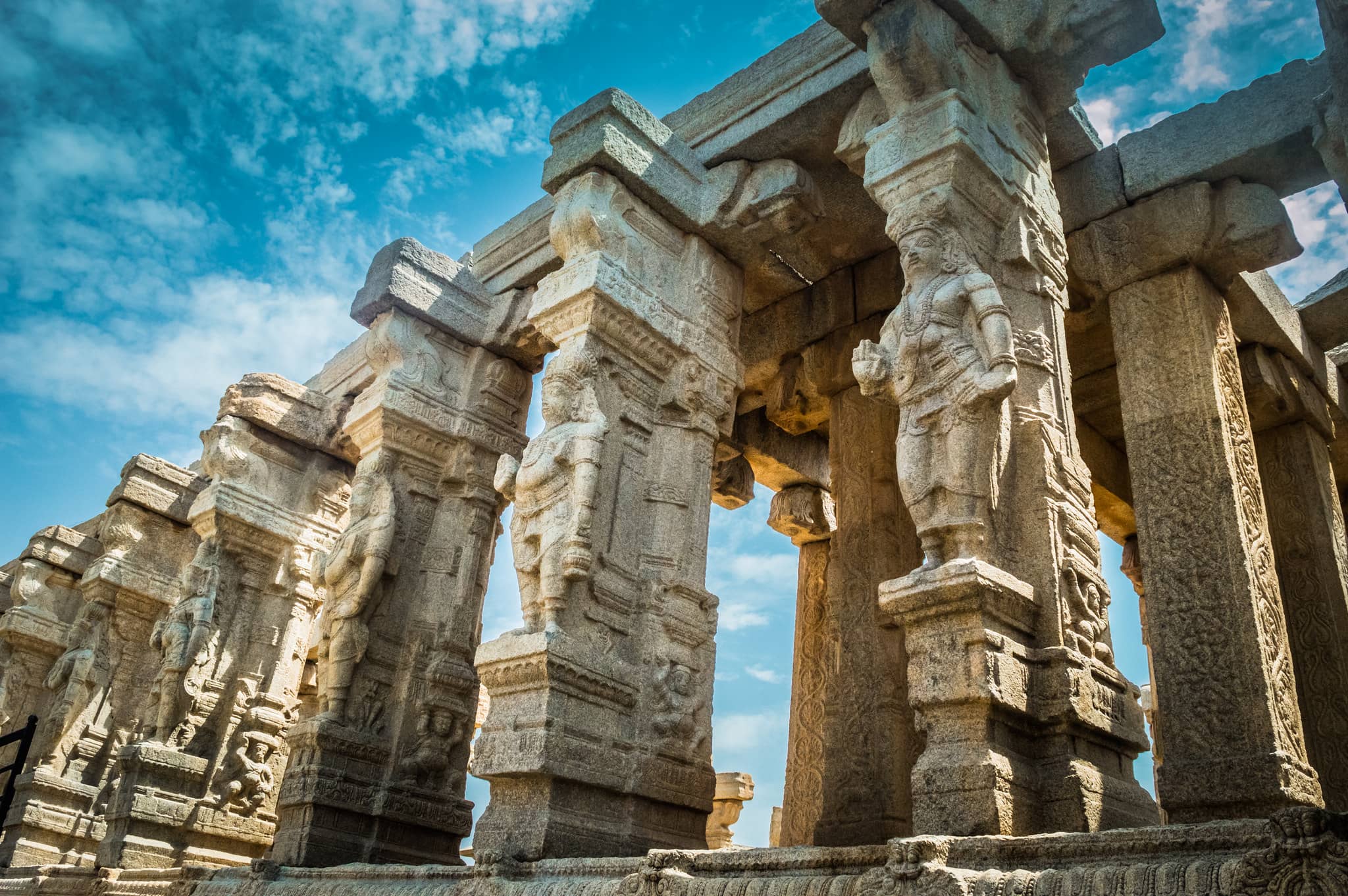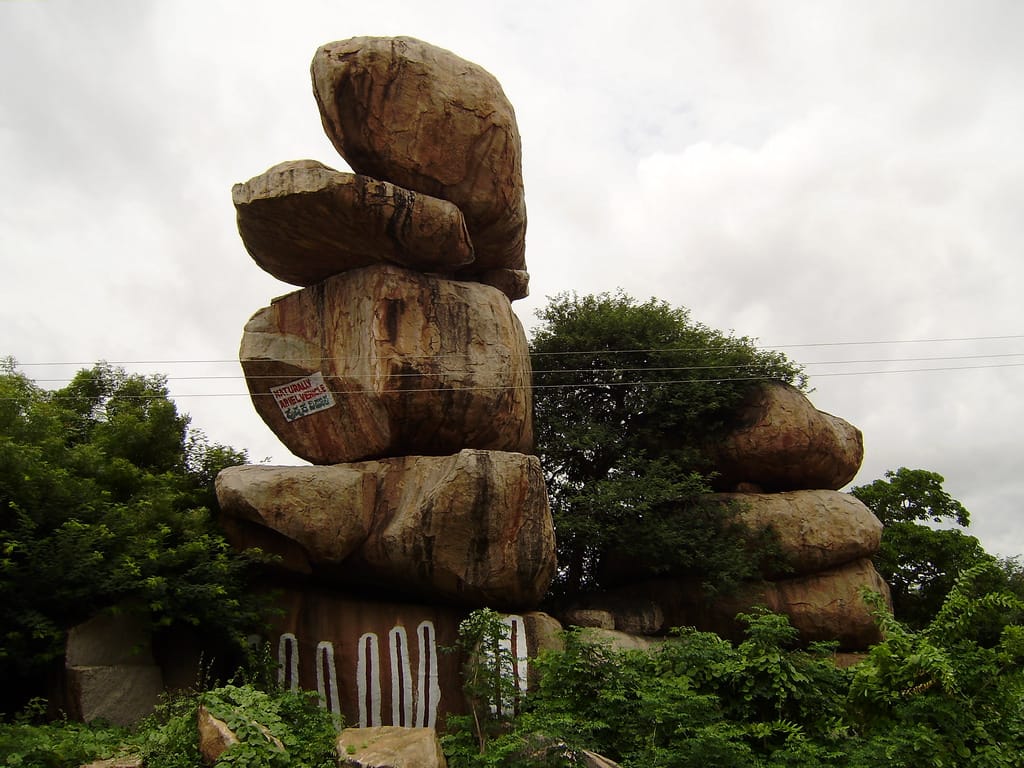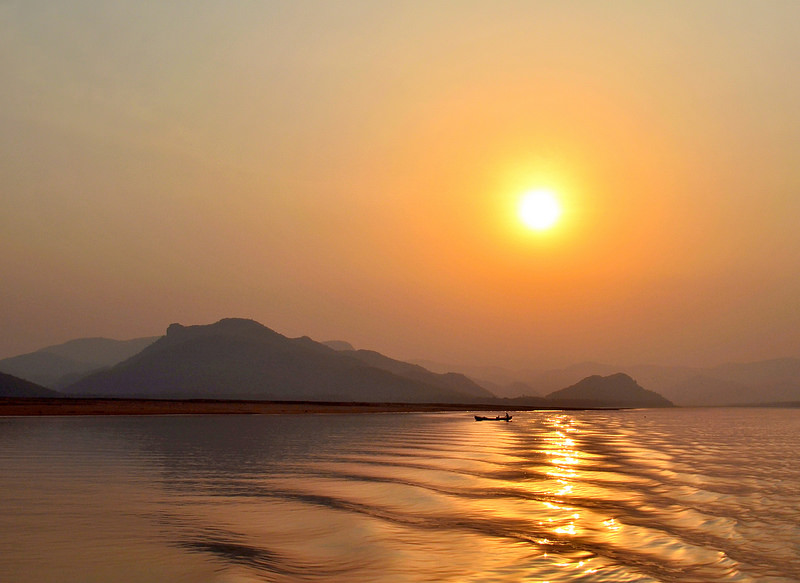Banff National Park is the oldest national park in Canada, covering 6,641 square kilometers of stunning mountain scenery. It features glaciers, ice fields, thick pine forests, and high alpine areas. The park has a cold, subarctic climate and includes three natural zones: montane, subalpine, and alpine. Lower areas are filled with Lodgepole pine trees, while higher regions have Engelmann spruce until the rocky and icy mountain tops begin. Banff is home to animals like grizzly bears, cougars, moose, elk, bighorn sheep, wolverines, and many kinds of birds.
Places to visit in Banff National Park
Lake Louise
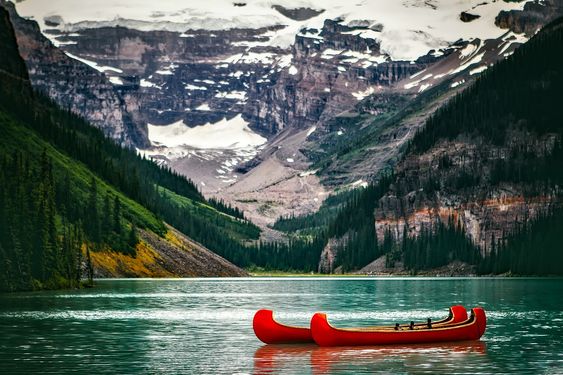
Lake Louise is a glacier-fed lake in Banff National Park, Alberta. It was named after Princess Louise, Queen Victoria’s daughter. The lake’s bright turquoise color comes from tiny rock particles carried in by melting glacier water. There are many hiking trails around the lake, and some are open for mountain biking and horseback riding. In summer, people enjoy kayaking, canoeing, and rock climbing in the area.
Moraine Lake
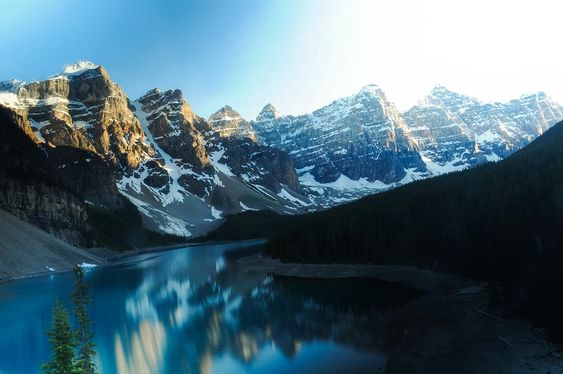
Moraine Lake is another glacier-fed lake located near Lake Louise in Banff National Park. It sits in the Valley of the Ten Peaks at about 6,181 feet above sea level. The lake turns a stunning blue color by mid to late June, caused by light bouncing off fine rock powder from nearby glaciers. This unique color makes it a popular spot for photos and sightseeing.
Peyto Lake

Peyto Lake is a glacier-fed lake in the Canadian Rockies, named after Bill Peyto, an early guide in the area. In summer, melting glaciers add rock flour to the lake, giving it a bright turquoise color. Its beauty makes it a popular place for tourists and photographers.
Banff Gondola
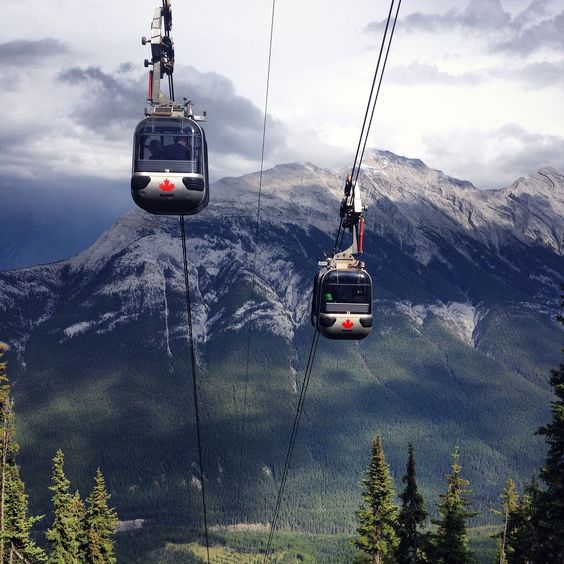
The Banff Gondola takes visitors up Sulphur Mountain for amazing views. In just 5 minutes, you’ll be 7,486 feet above sea level, where you can see six mountain ranges and enjoy the incredible scenery of the Rockies.
Banff Upper Hot Springs
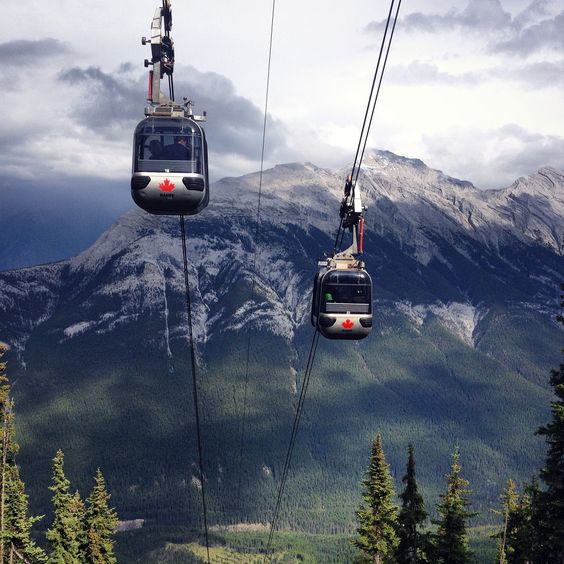
The Banff Upper Hot Springs are natural hot springs located in Banff National Park. The warm water comes from deep cracks in the rocks of Sulphur Mountain and Mount Rundle. These springs are one of nine hot springs in the area and are a great place to relax.
Lake Minnewanka
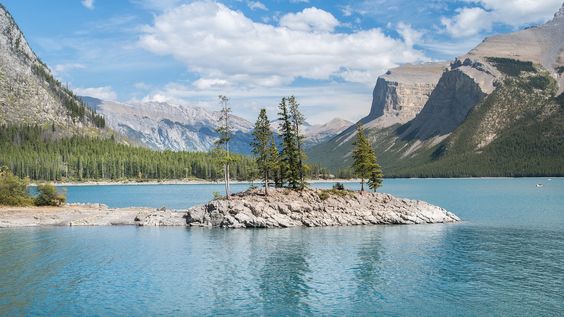
Lake Minnewanka is a glacier lake in the eastern part of Banff National Park. It’s the second-longest lake in the Canadian Rockies. Fed by the Cascade River, the area is full of wildlife like elk, deer, mountain sheep, and even bears.
Sunshine Village
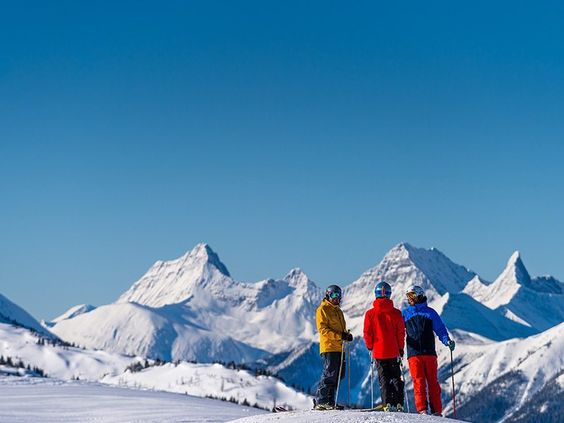
Sunshine Village is a top ski resort in Banff with a long season that lasts from November to May. It gets lots of snow—up to 30 feet each season. The resort has trails for all skill levels, plus gear rentals, shops, and restaurants.
Cave and Basin National Historic Site
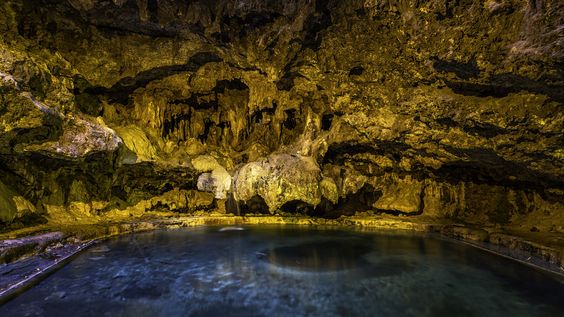
The Cave and Basin is a historic site in Banff where you’ll find natural hot springs. The warm water comes from deep underground and is rich in minerals. It’s part of a group of nine springs on Sulphur Mountain and is the only one with a large cave that can fit groups of people.
Bow Falls
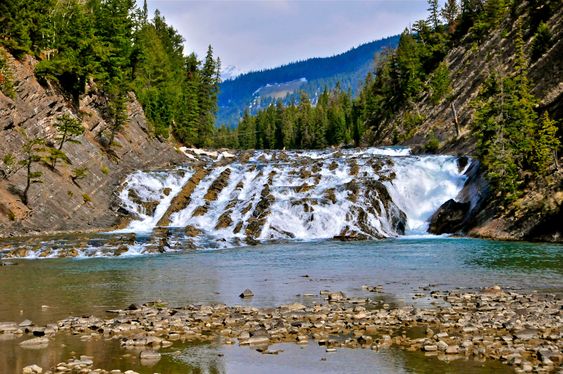
Bow Falls is a waterfall on the Bow River, near the Banff Springs Hotel. Even though it’s not very tall, it’s easy to reach and very popular with visitors. You can walk to the falls from downtown Banff or the hotel nearby.
Beehive
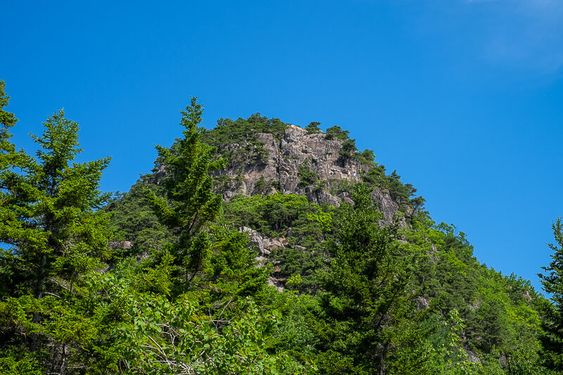
The Beehive is a mountain near Lake Louise in Banff National Park. It’s named because it looks like a beehive. There are two peaks here—the Big Beehive and the smaller Little Beehive. You can hike to both from trails that start at Lake Louise or Lake Agnes.
Best Time to Visit Banff National Park
The ideal time to visit Banff National Park is from June to August for warm weather and outdoor adventures like hiking and canoeing.
December to March is perfect for enjoying snow sports like skiing and snowboarding.
Summer offers long, sunny days and clear mountain views.
Winter turns the park into a snowy wonderland with fewer crowds.
Both seasons offer amazing experiences depending on what you’re looking for!

